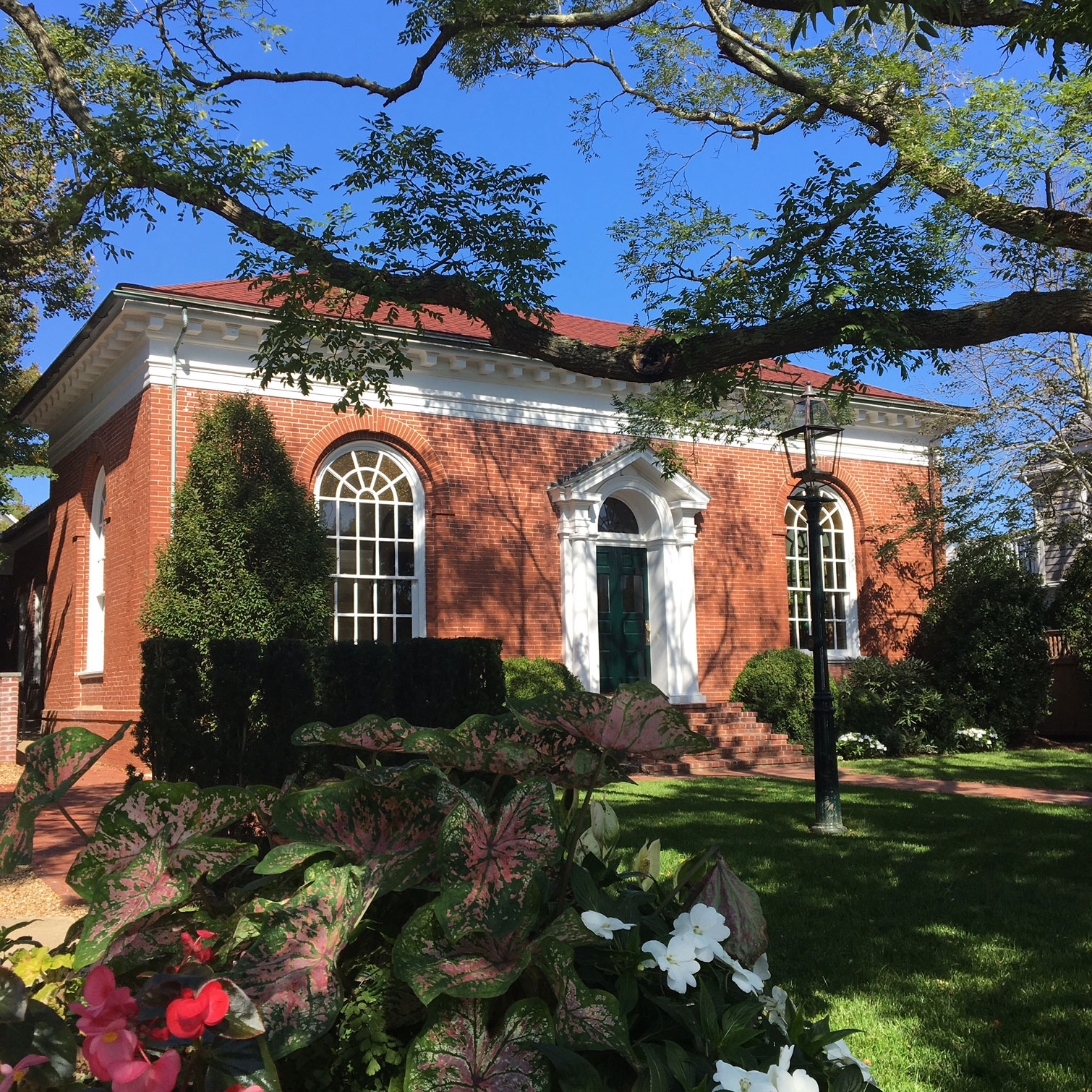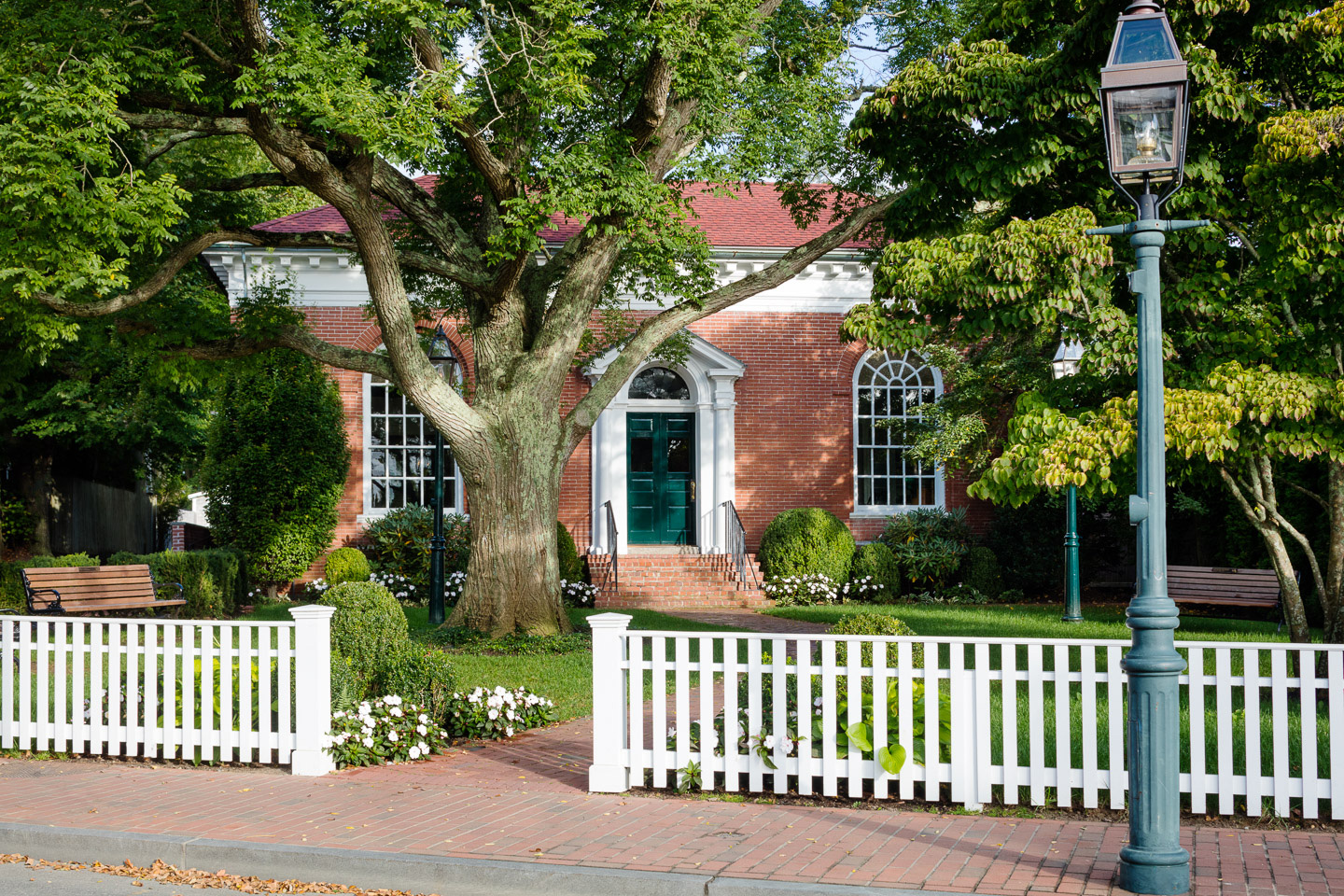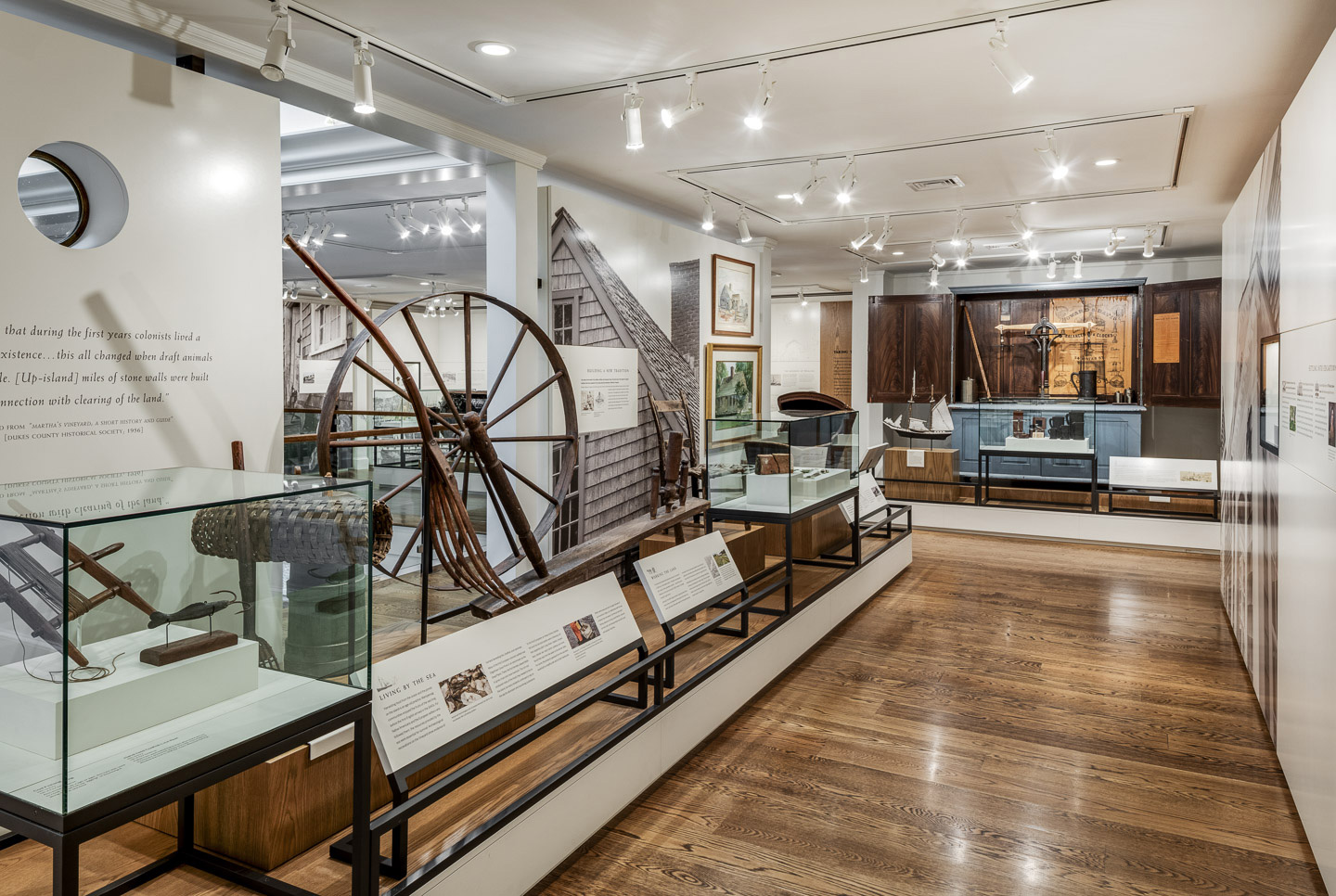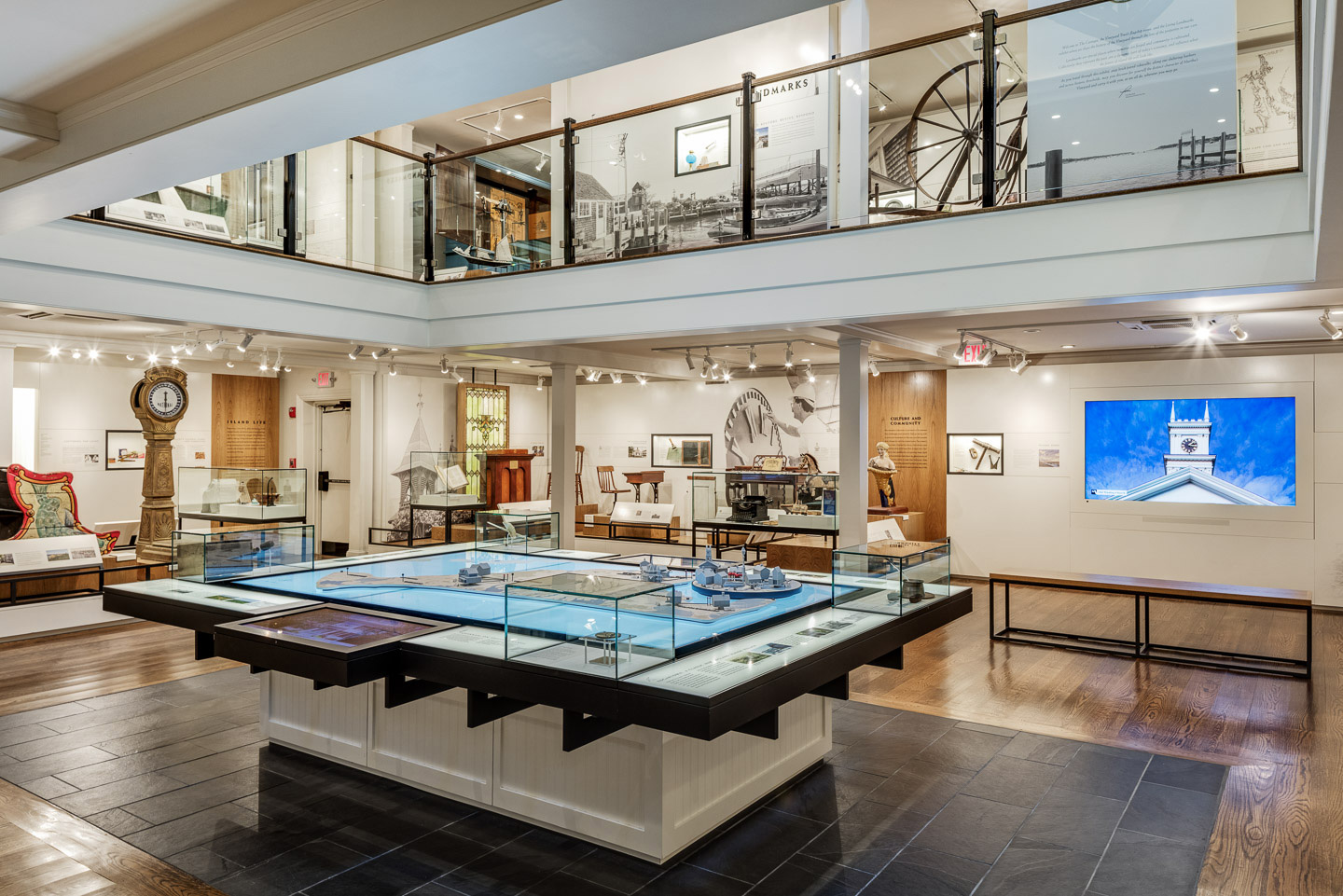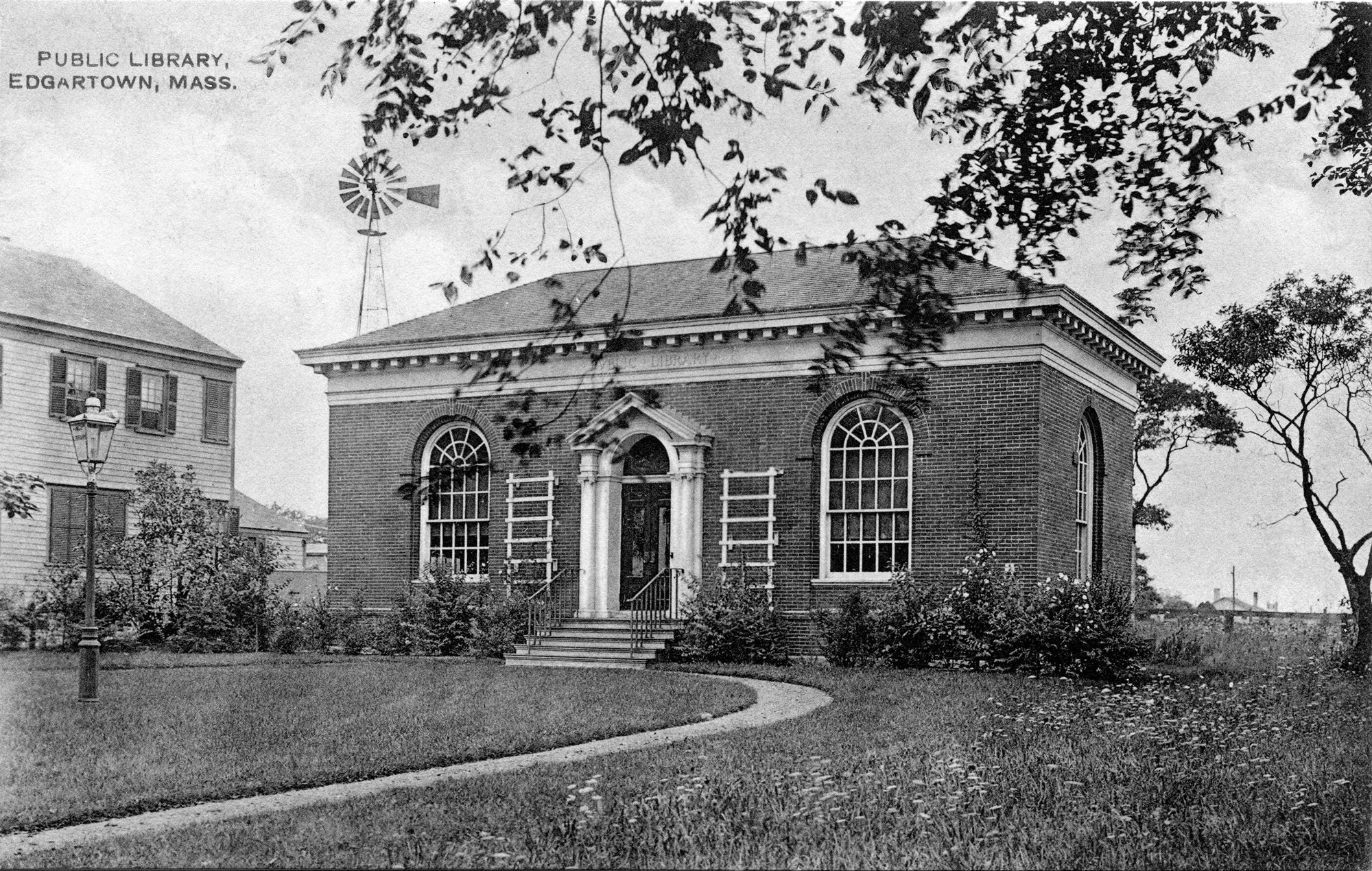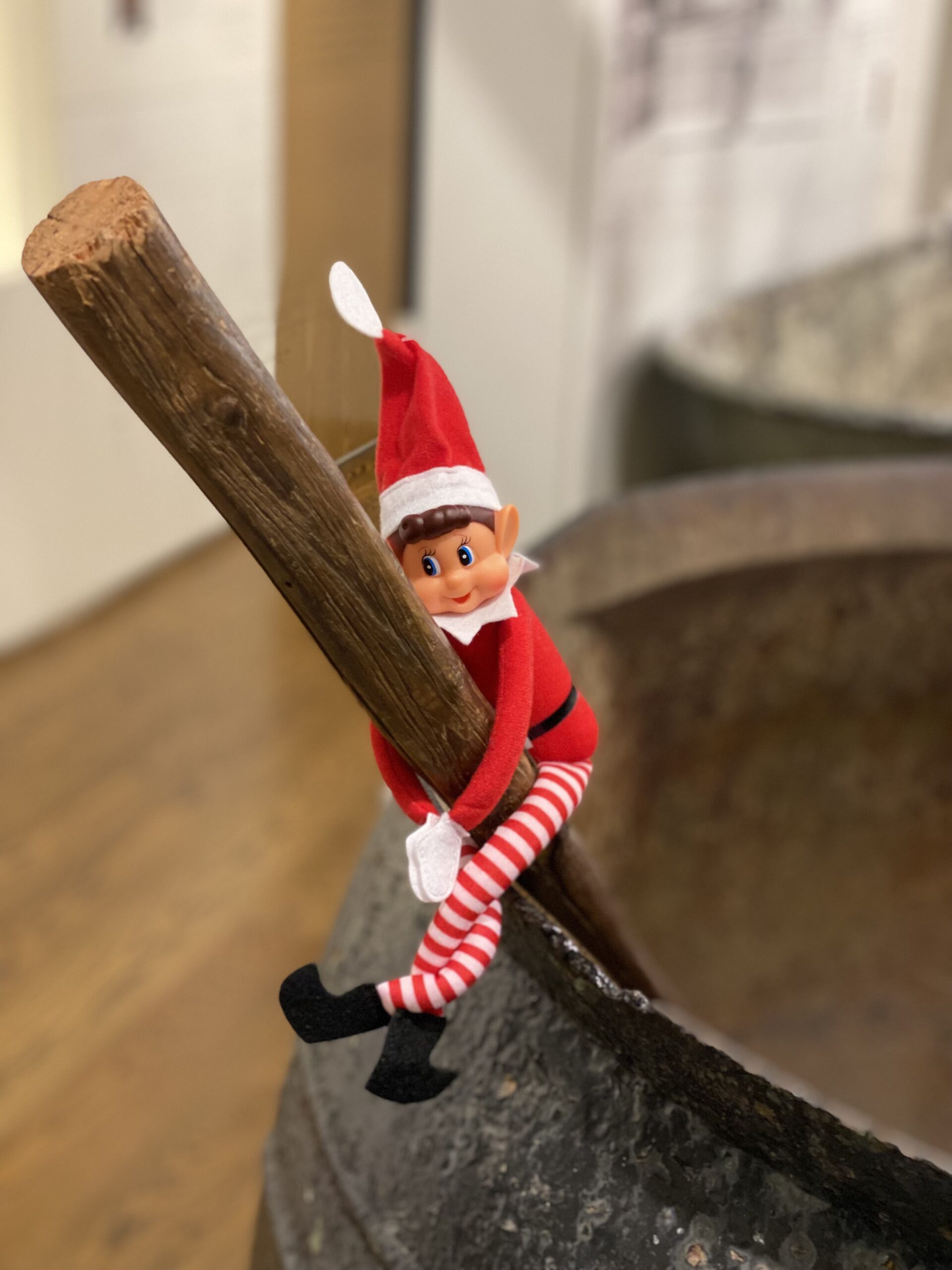The Carnegie Heritage Center
About
The Carnegie Library building was a gift to the town from Andrew Carnegie, among the more than 2,500 libraries he funded worldwide. The brick building was constructed in 1904 on land donated by Caroline Osborn Warren, a descendant of the Edgartown Osborn whaling family who lived next door. The handsome Neoclassical structure served as the town library from 1904 until 2016, when a newer, larger public library building was constructed on another site.
After an extensive restoration, the Vineyard Preservation Trust reopened the landmark and transformed the space into an island Heritage Center. Inside offers a reading library, heritage shop, and a dynamic revolving exhibit, Living Landmarks, which illustrates the historical development of Martha’s Vineyard through the lens of the landmarks in Vineyard Preservation Trust’s care.
Architectural Gems
Constructed in 1904 by island contractor William King, the Carnegie was funded by a grant of $4,000 by industrialist Andrew Carnegie of Pittsburg and stands on a lot donated by island resident Caroline F. Warner. The original portion of the building consisted of two reading rooms, a circulation desk, and a small storage room where books were stacked. The handsome brick building was designed in the Neoclassical Revival style and includes many features inspired by ancient Greek and Roman architecture.
Neoclassical Revival became a dominant style nationwide between 1900 and 1940. It was directly inspired by the Beaux-Arts style and the Columbian Exposition (Chicago World’s Fair, 1893). The style tends to include the features of classical symmetry, a full-height porch with columns and a temple front, and various classical ornaments such as dentil cornices. Neoclassical Revival spread prolifically throughout the U.S. and became popular for a wide range of everyday buildings. Everything from townhouses, suburban homes, county courthouses, main street commercial buildings, and bank branches readily employed style variations. Elements of the Neoclassical Revival are evident on the Carnegie, including an elevated water table, central entrance with engaged Doric columns supporting a triangular pediment, arched windows and an arched fanlight above the door, brick lintels and keystones, dentil moldings at the cornice, and a hipped roof. The interior rooms in the original portion of the building include arched doorways.
Mr. Carnegie didn’t ask for his name to be emblazoned over the entrance to the library or inscribed on a plaque inside, yet he is honored symbolically in the building itself. One of Carnegie’s favorite symbols was the rising sun, which expressed his belief that the public library embodied the dawn of knowledge. That symbol can be found in the detail of the large windows at the front of the building – a hidden homage to the man who made this building possible.
Island Life
Were you able to go back to the first day The Carnegie opened its doors as a public library in 1904, you might be surprised to find that patronizing a library was very different compared to how these institutions function today. Upon entering the library door, visitors in 1904 would have found themselves in a central foyer with a reading room at either side. The reading rooms were furnished with tables and chairs. In the corner, one might find a display of current periodicals, trade journals, and daily newspapers. The lower portion of the walls was lined with shelving that held a variety of books – popular novels, reference and history books, instructional materials, children’s chapter books, the work of ancient philosophers and important contemporary thinkers, volumes of poetry, and timeless novels by revered writers. The scent of paper and leather bindings was no doubt tempting to bibliophiles. However, library patrons could not independently browse the collection or remove books from the stacks. Instead, clients were requested to proceed to the librarian’s desk at the rear of the building. There, one would speak with the librarian to request a book and, if the requested materials seemed appropriate both in content and reading level for the patron, the librarian would retrieve the volume for the visitor. Should a patron be unsure about what they wanted to read, the librarian helped the individual select a book based upon the person’s interests and taste. In this way, the library collections were carefully tended and patrons received tailored recommendations that were singularly suited to them. Public libraries continue to be an essential part of our communities. They provide access to personal enrichment and educational growth, as a forum for community debate, and ensure free access to important resources.
Faith & Inspiration
“It was from my own early experience that I decided there was no use to which money could be applied so productively… as the founding of a public library… Whatever agencies for good may rise or fall in the future, it seems certain that the Free Library is destined to stand and become a never-ceasing foundation of good to all the inhabitants.” ~ Andrew Carnegie
Andrew Carnegie’s philanthropic career began around 1870. Although he supported myriad projects and causes, he is best known for his gifts of free public library buildings, beginning in his native Dunfermline, Scotland, and ultimately extending throughout the English-speaking world, including the United States, United Kingdom, Australia, and New Zealand. In 1887, Carnegie married Louise Whitfield of New York City. She supported his philanthropy and signed a prenuptial marriage agreement stating Carnegie’s intention of giving away virtually his entire fortune during his lifetime. Two years later, he wrote The Gospel of Wealth, which boldly articulated his view of the rich as trustees of their wealth who should live without extravagance, provide moderately for their families, and use their riches to promote the welfare and happiness of others.
One of the most tangible examples of Andrew Carnegie’s philanthropy was the founding of 2,509 libraries in the late 19th and early 20th centuries. Of these libraries, 1,679 were built in the United States. Carnegie spent over $55 million of his wealth on libraries alone, and he is often referred to as the “Patron Saint of Libraries.”
Carnegie had two main reasons for supporting libraries. First, he believed that in America, anyone with access to books and the desire to learn could educate him- or herself and be successful, as he had been. Second, Carnegie, an immigrant, felt America’s newcomers needed to acquire cultural knowledge of the country, which a library would help make possible. Carnegie indicated it was the first reason that mattered most to him. Growing up working long hours in Pittsburgh, he had no access to formal education. However, a retired merchant, Colonel Anderson, loaned books from his small library to local boys, including Carnegie. As he later wrote in praise of Anderson, “This is but a slight tribute and gives only a faint idea of the depth of gratitude which I feel for what he did for me and my companions. From my own early experience, I decided there was no use to which money could be applied so productive of good to boys and girls who have good within them and ability and ambition to develop it, as the founding of a public library in a community.”
Connect with this landmark
HOURS:
Wednesday-Saturday, 10:00am-4:00pm; Sundays, 12-3pm (through October 13th)
OPEN Columbus/Indigenous Peoples’ Day: 10:00am-4:00pm
Visit our Historic Walking Tours page to find details of our current tour offerings.
Private tours always available by appointment.
Inquire about Private Tours Here
RENTAL
The Carnegie is a magical place for your next cocktail party or corporate event.
Living Landmarks Exhibition
The Carnegie houses the permanent exhibition Living Landmarks, which illustrates the story of Martha’s Vineyard through the lens of the 20 landmarks in Vineyard Preservation Trust’s care.
There is a $5 suggested donation to view the Living Landmarks exhibition.
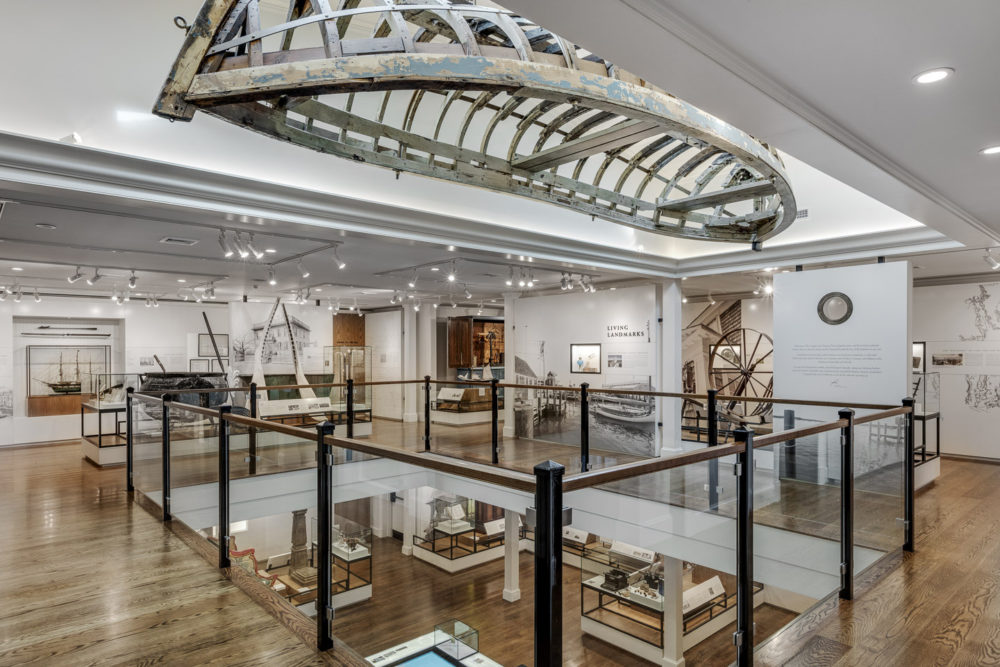
Reading Rooms
The Carnegie includes two reading rooms featuring historical and maritime literature and the Ray Ellis Maritime Collection of original art.
The light-filled furnished spaces also include cabinets of curiosities that reflect the inspiring people, places, and landscapes that dynamically contribute to island life.
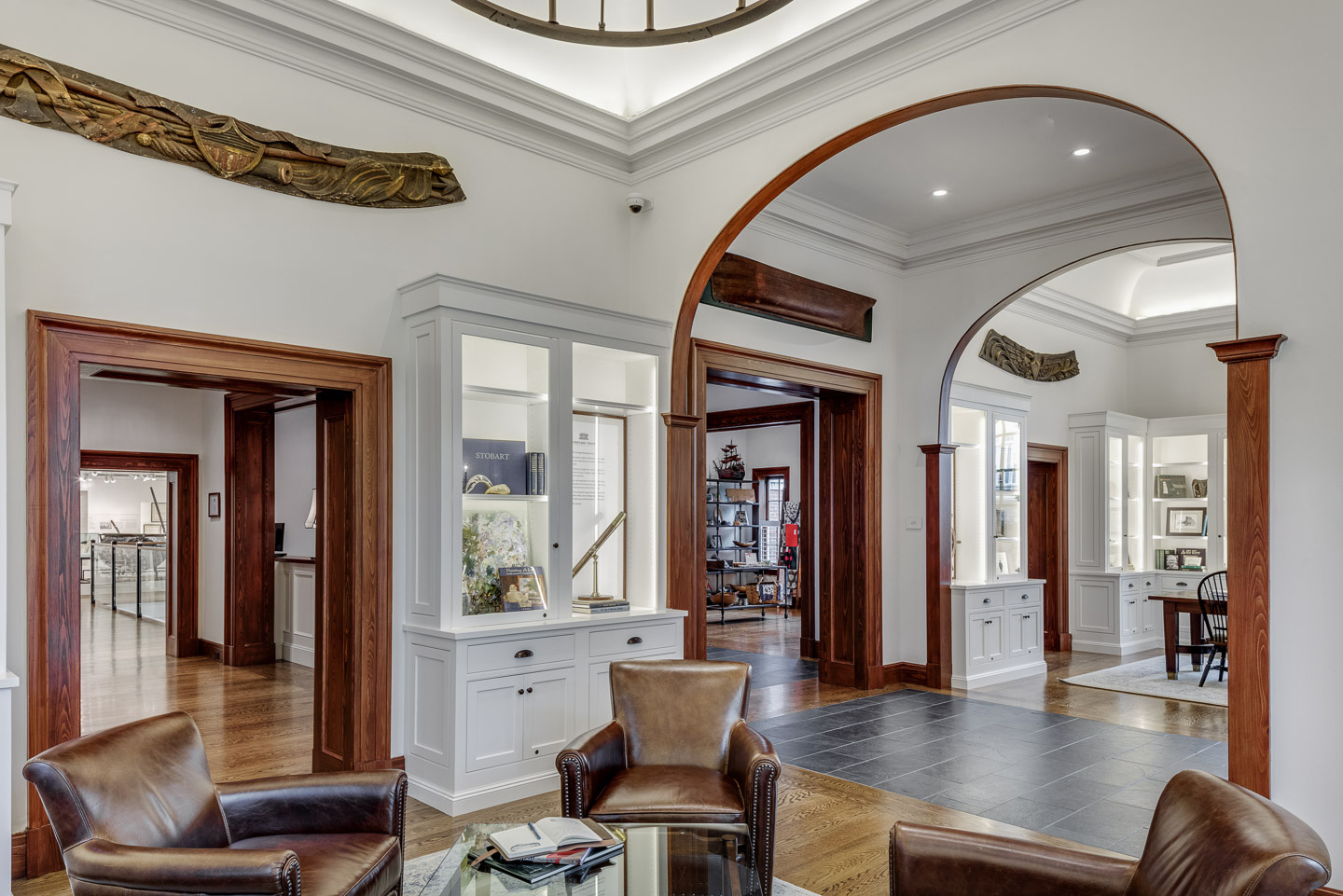
Buy A Brick
Support the preservation of The Carnegie by purchasing a brick for the front walkway.
Each brick can be inscribed with an individual, family, or organization name of your choice.
$1,000 per brick
Questions: please contact The Carnegie thecarnegie@mvpreservation.org
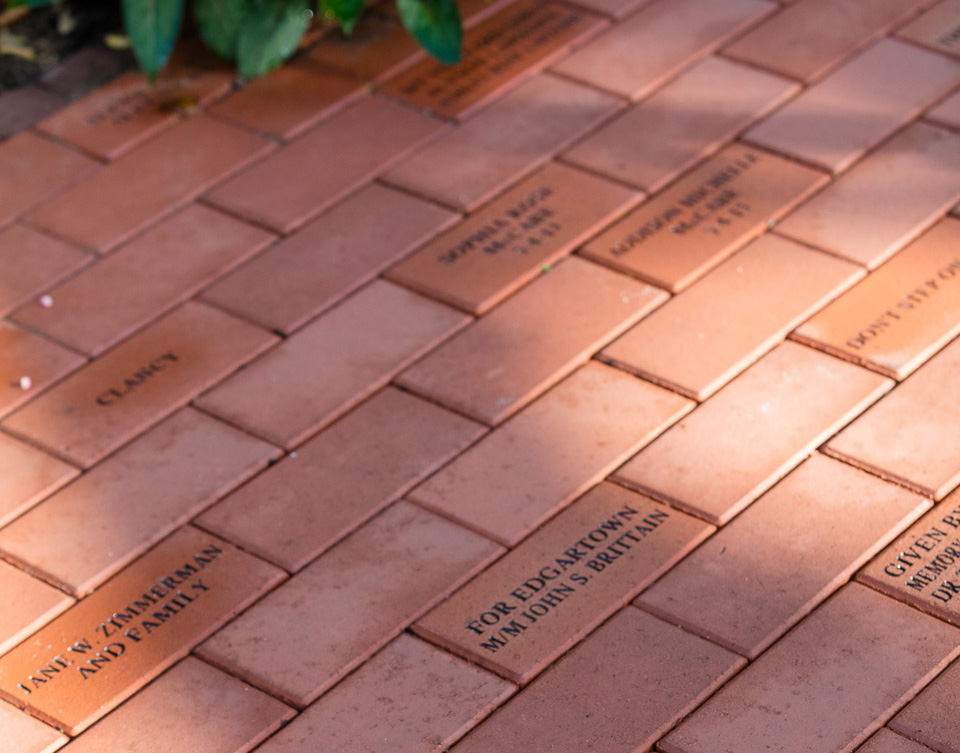
Edgartown, MA
